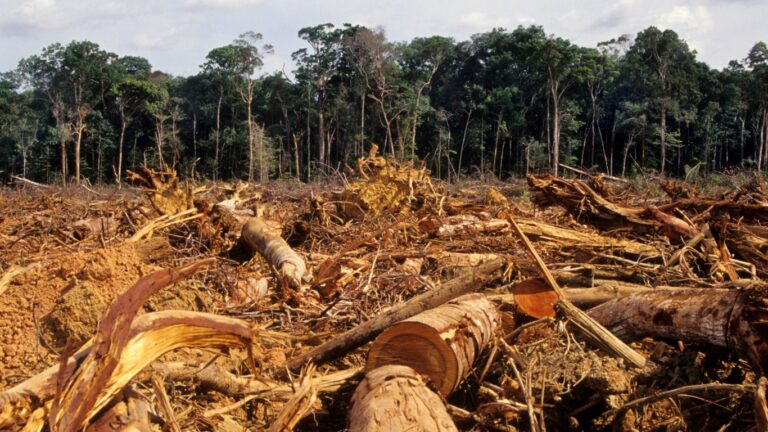Climate Crisis AM 02/06/24 Category 6 Hurricane

The Saffir-Simpson Hurricane Wind Scale has a 1 to 5 rating based on a storm’s wind speed. Climate scientists say it needs a new category–a 6. A Category 5 hurricane has sustained winds over 157 MPH. It is defined as a storm that causes ” catastrophic damage.” A study published by PNAS titled “The growing inadequacy of an open-ended Saffir–Simpson hurricane wind scale in a warming world” argues that current category levels were set in the 1970s. Violent hurricanes are more frequent today, and their top wind speeds can reach 200 MPH. A Category 6 hurricane would be defined as one that has sustained winds over 192 MPH. The paper also points out that global warming is the reason for rising wind speeds.
California’s climate crisis: river in the sky
Two climate change disasters are happening simultaneously, with different but related causes. The massive floods in California have happened simultaneously with strong fires in Chile, which are intense and spreading rapidly. A warming world has contributed to both. In one case, this has caused drought and, in the other, massive flooding. “These synchronized fires and floods in Chile and California are certainly a reminder of the weather extremes and their impacts in otherwise benign Mediterranean climates,” John Abatzoglou, a climate scientist at the University of California, Merced, commented to The New York Times.
Rapidly improving AI applications will be critical to climate forecasts. The Center for Data Infloration recently published a study titled “Rethinking Concerns About AI’s Energy Use.” One concern about AI applications is that the computing power needed to run them takes up a huge amount of electricity, thus contributing to climate problems. The authors argue that the arguments about energy use from the past are “misleading.” The solution to resolving the issue of energy use should be based on “transparency.” However, the study does not show what that transparency might reveal.
A look at a 300-year-old sponge shows that the world’s temperature has risen more than 1.5 degrees C since 1850, which is the baseline for climate warming. A study published in Nature argued that “…long-lived marine sponges can provide indications of temperature as far back as the eighteenth century.” Based on the information gathered from these sponges, global warming has happened faster than assumed by most models.






